Titre
THREATS TO WILDLIFE
Human activities are causing serious disturbances in natural ecosystems.
By destroying forests, poaching animals for their meat or for commercial ends, over-exploiting natural resources, intensifying economic and industrial activities that cause pollution and degrade ecosystems, humans are weakening the environment and endangering the survival of wild fauna and flora around the world. One amphibian in 3, 1 mammal in 4 and 1 bird in 8 are currently threatened with extinction.
Habitat destruction
Forests are home to most of the terrestrial biodiversity and are the habitat of 80% of amphibians, 75% of birds and 68% of mammals. They provide resources to millions of human beings and limit the impact of climate change. We all benefit from the large-scale ecological functions they provide.
Deforestation is one of the main threats to wildlife. The destruction and overexploitation of forests lead to the extinction of thousands of living species, the fragmentation of habitats and the isolation of animal populations, the release of millions of tons of carbon dioxide into the atmosphere, the modification of water cycle and the increase in soil erosion.
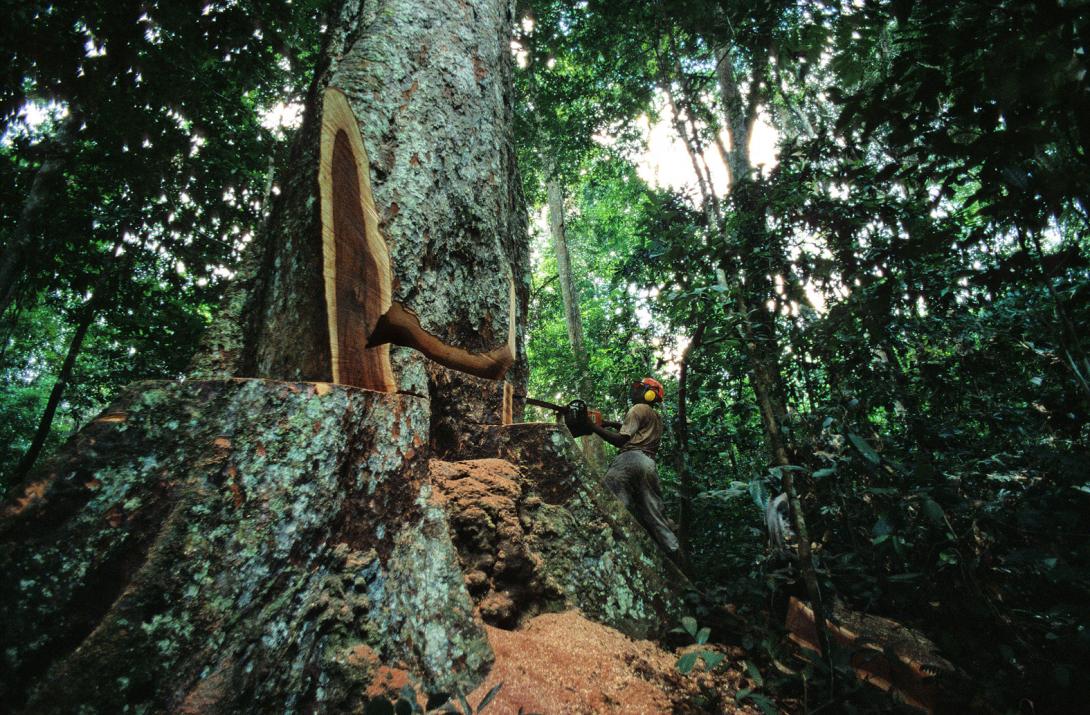
Key numbers deforestation:
- Forests cover 31% of the world surface.
- Africa has lot 3,94 millions of hectares of forest between 2010 and 2020.
- Between 2015 and 2020, the rate of deforestation has reached 10 million of hectares per year.
- The Amazon forest has the largest plant diversity on earth: 40,000 have already been identified!
- 40% of the tropical deforestation is driven by cattle expansion, 18% by palm oil and soybean plantations, 13% by the exploitation of forest products such as wood and paper.
Poaching and traffic
Among the countless threats to wildlife, poaching is one of the most important: each year, thousands of animals are illegally hunted. Poaching for bushmeat keeps increasing as is the trafficking of species intended for private collections or whose body parts are targeted to make so-called remedies used in Asian medicine.
Revenues from the illegal wildlife trade rank it the fourth most lucrative organized crime in the world after drug, human and counterfeit trafficking. Among the most coveted species are the pangolins (already widely decimated in Asia and whose trafficking is currently exploding in Africa), elephants for their ivory tusks, rhinos for their horns but also tigers, great apes and primates, birds, reptiles…
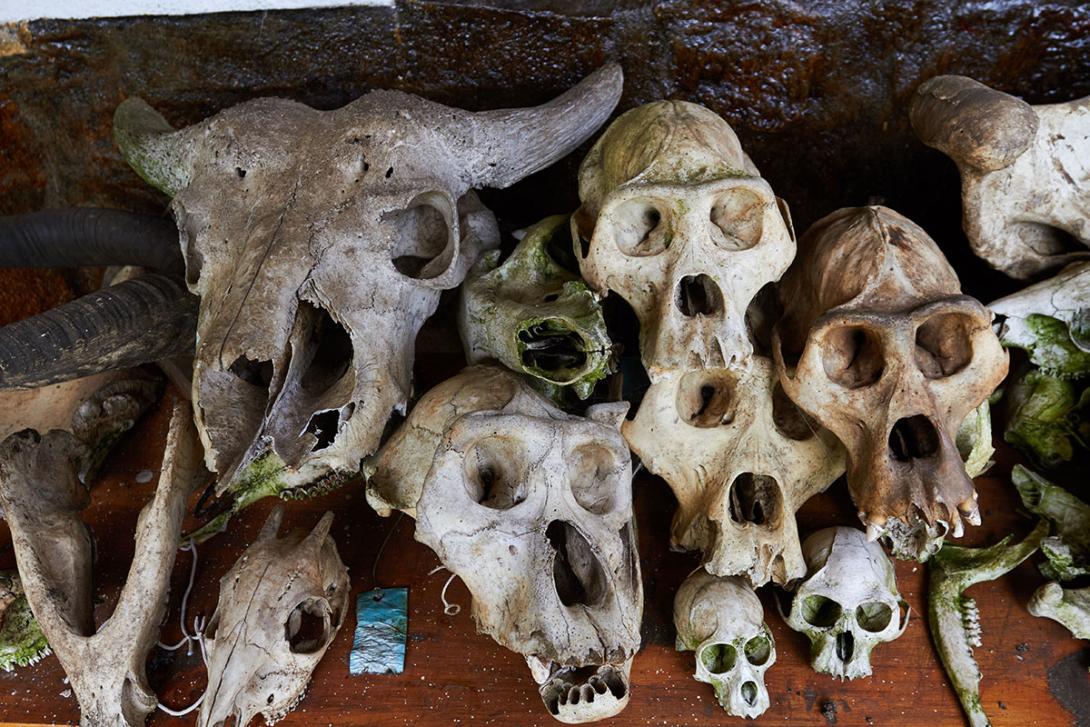
Key numbers poaching and traffic:
- Wildlife trafficking is estimated to generate between 7 and 23 billion of dollars per year.
- 1.26 million of trophies were imported into the US between 2005 and 2014.
- 11,215 elephants were poached in 2018.
- More than 100,000 pangolins were seized in 2017.
Human-wildlife conflicts
Human population growth and encroaching on natural ecosystems where wildlife is found lead to the multiplication of conflicts. The most serious can result in the death of villagers attacked by wild animals. But the most frequent conflicts involve predation on domestic livestock or damages caused to the crops of very poor local communities. In retaliation, wild animals are killed or poisoned by the villagers or shot by local authorities.
Learning to share available nature spaces with wildlife is crucial if we want to conserve wild animals, ensure our own survival and preserve the habitability of our planet in the long-term as well.
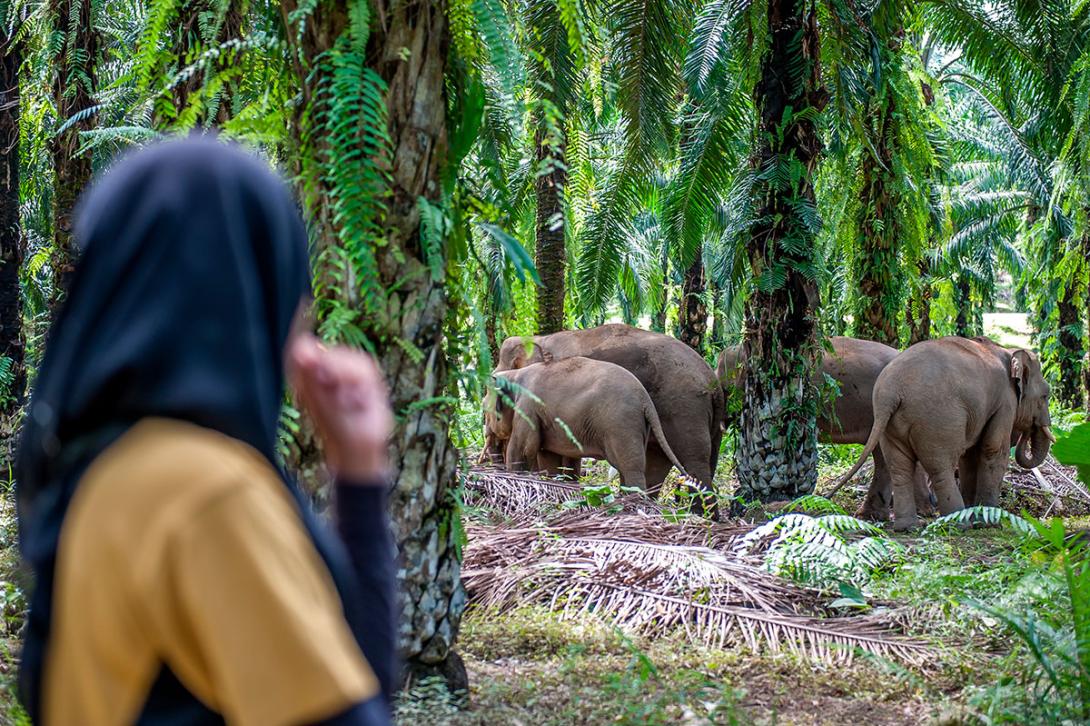
Key numbers human-wildlife conflicts:
- Between 2019 and 2022, more than 1,500 people were killed during conflicts with elephants in India.
- 75% of the world wild cat species are affected by killings linked to conflicts with humans.
- 48% of cheetah mortality in Namibia has been attributed to retaliatory killing.
- In areas where people share their neighborhood with elephants, farmers can lose up to 100% of their annual harvest of staple crops, leading to food insecurity.
- 60 people are killed by lions in Tanzania annually.
- 500 million smallholder farmers around the world rely heavily or entirely on small-scale agriculture for their economic subsistence.
Climate change
In their successive reports, the scientists of the IPPC (Intergovernmental Panel on Climate Change) have been continually alerting us to the speed, extend and worsening of climate change. Induced by human activities, these climatic disorders impact wildlife and ecosystems, human populations, cities, infrastructures… The consequences of climate change can now be seen everywhere in the world: extreme heat waves, flooding, droughts, mega fires…
The poorest communities, as well as the animals and plants on which we depend, are directly and strongly impacted by climate change. The average temperature of the earth’s surface over the last decade is 1.1°C higher compared with the late 19th century. Each of the last four decades has been successively the warmest on recorded since 1850. The risk of species extinction, especially those found in biodiversity hotspots, is 10 times higher for those that are endemic: 100% of those living on islands, 84% of those living in mountains, 54% of those living in oceans (especially the Mediterranean Sea) and 12% of those living on continents will be threatened with extinction because of climate change.
To avoid the tipping point of no return, we have to limit the rise of temperatures by rapidly and dramatically reducing our carbon emissions.
Key numbers climate change:
- The 10 largest greenhouse gas emitters contribute 68% of global emissions, while the 100 least-emitting countries generate 3% of total emissions.
- The temperature on Earth’s surface has increased faster since 1970 than in any other 50-year period over at least the last 2,000 years.
- Since the middle of the 80’s, the temperatures of the Arctic have warmed nearly four times faster than the global average.
- Approximately 25% of the globe’s greenhouse gas emissions come from land clearing, crop production and fertilization, with animal-based food contributing 75% of that.
- Coral reefs are very vulnerable to climate change and are projected to decline to 10-30% of former cover at 1.5°C warming and to less than 1% of former cover at 2°C warming.
Emerging disease
Viruses, bacteria and parasites have always been part of our natural world. A healthy ecosystem, protected from human alterations, maintains the balance and avoids the propagation of pathogens. But when it is affected by deforestation, pollution, agriculture and cattle expansion, it becomes more vulnerable to emerging diseases.
Additionally, increasing and widespread human and livestock incursions in natural environments favor more frequent interactions with wildlife. New diseases are emerging, wreaking havoc on species already at-risk and accelerating their extinction.
Thus, the destruction of the habitat of chimpanzees and gorillas has increased their proximity with humans. The Ebola virus has led to the death of thousands of great apes in Africa, as well as those of thousands of humans.
The health of animals and people is inextricably linked to the health of the environment.
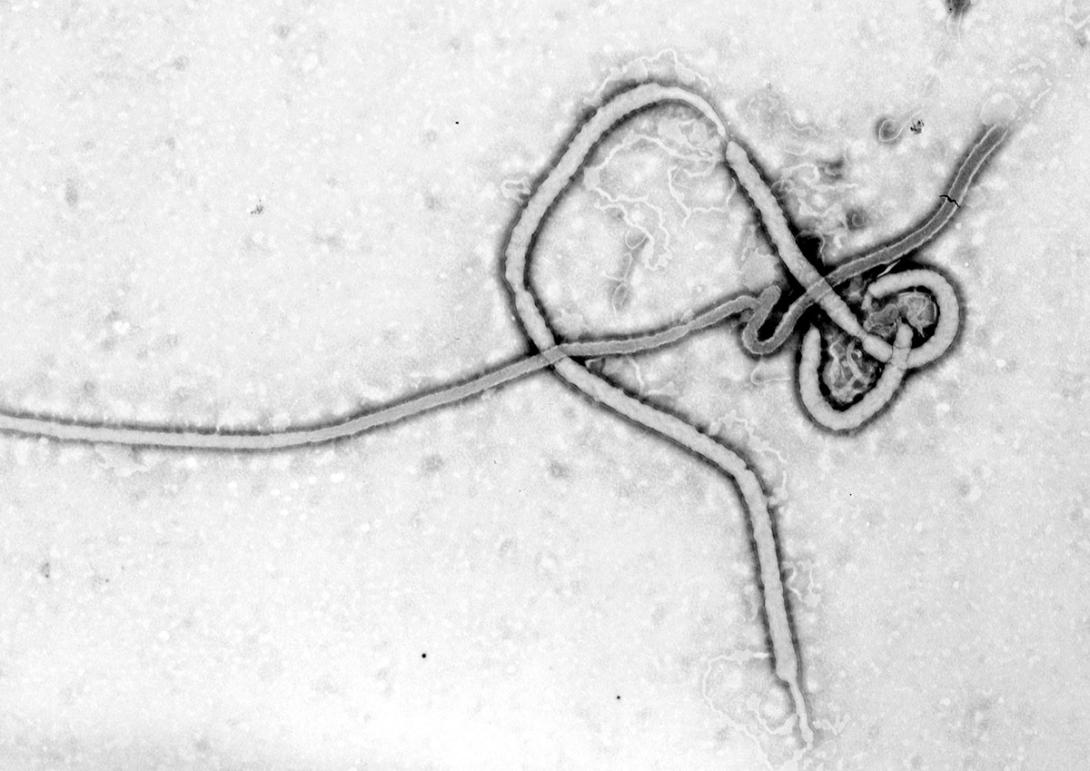
Key numbers emerging diseases:
- The chytrid fungus Batrachochytrium dendrobatidis, identified at the end of the 90’s, has already driven more than 200 species of amphibians to extinction.
- Ebola outbreaks in Gabon and Republic of Congo in the mid-90s killed more than 90% of chimpanzees and gorillas in some areas.
- It will take more than 130 years for the gorilla populations, that experienced 95% mortality rate, to recover.
- Gabon and Congo, that are very vulnerable to Ebola outbreaks, host 80% of the world’s gorilla population.
- Wild dogs became extinct in the Serengeti in 1991 following an epizootic canine distemper in sympatric domestic dogs.
Invasive species
Invasive species are living organisms that were intentionally or accidentally introduced by humans into an ecosystem where they don’t naturally exist. They represent a direct threat to the native biodiversity found in that ecosystem.
They can monopolize the resources that are necessary for the survival of other species, change the balance of the ecosystem and cause permanent damage, or even be direct predators of local species. Invasive species can also negatively impact human health by infecting humans with new diseases, serving as vectors for existing diseases, causing wounds through bites and stings or severe allergic reactions.
Insular environments are especially at risk as they host many endemic species.
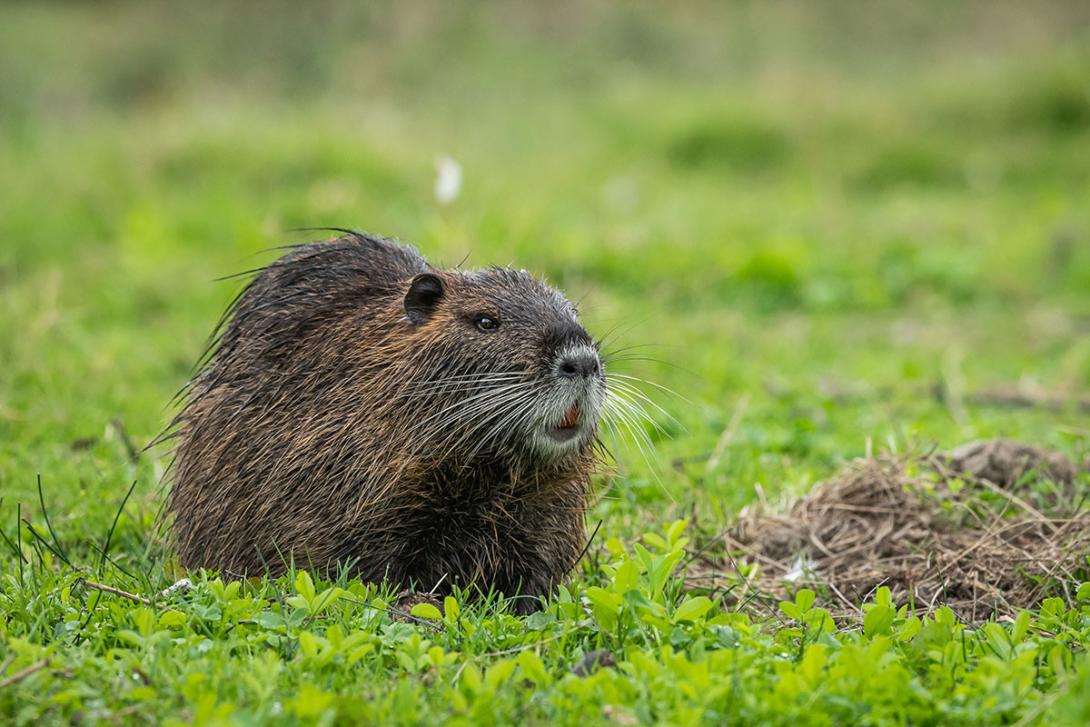
Key numbers invasive species:
- Invasive species threaten about 1/3 of terrestrial species and have contributed to nearly 50% of known extinctions in the world.
- During the last 200 years, the number of new invasive species introductions has continuously increased worldwide, with more than a third of all first introductions recorded between 1970 and 2014.
- Of the 395 European native species listed as critically endangered by the IUCN Red List of Threatened Species, 110 are in danger because of invasive alien species.
- In Europe, the number of exotic invasive species has increased by at least 76% over the past 35 years.